What To Do When Your Mac Goes Blue: Fixing The Mac Blue Screen of Death Issue
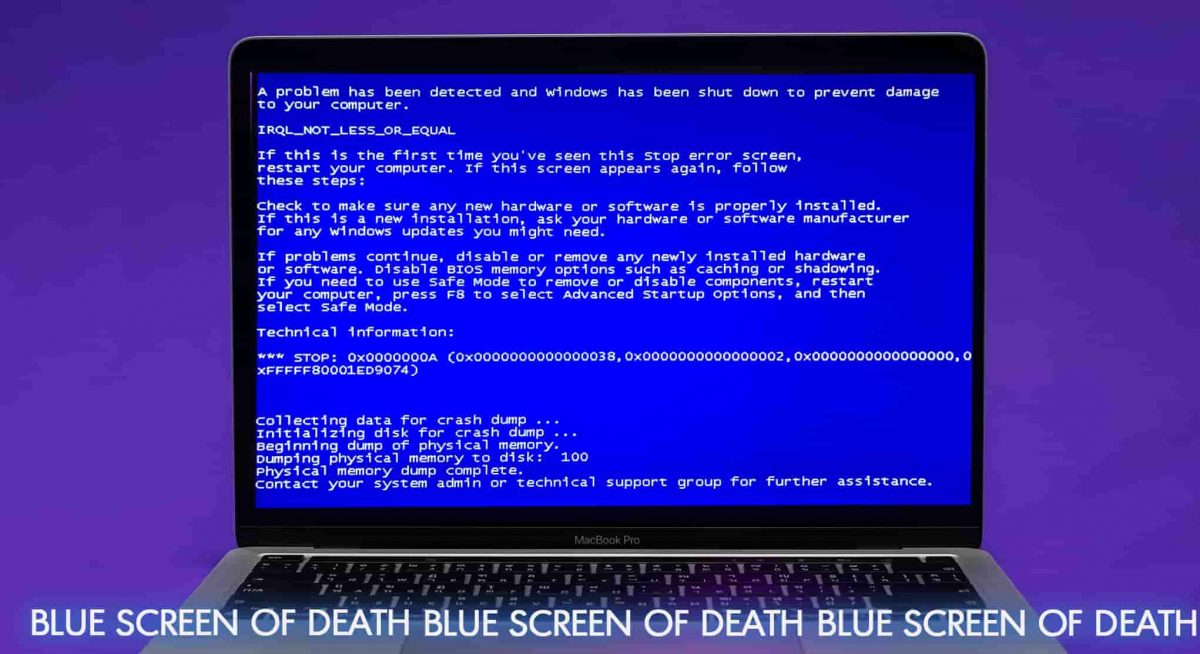
For Mac users, encountering a blue screen of death is rare but not impossible. While less common than on Windows computers, Macs can occasionally get stuck on a blue screen due to software issues, RAM failure, startup disk problems, kernel system errors, and so on. In everyday terms, we refer to this as a “bluescreen on Mac” or “Macintosh blue screen of death.
If this has ever happened to your “MacBook” and you see that intense “dark blue screen,” don’t freak out! This guide will help you understand what’s going on and how to fix the frightening “Mac blue screen of death.”
So, without wasting any more time, let’s get started!

Understanding the Blue Screen on Mac
The “blue screen on Mac” or “dark blue screen” is essentially a kernel panic, which is the macOS equivalent of the Blue Screen of Death (BSOD) on Windows. A kernel panic occurs when the macOS kernel, the core component of the operating system, encounters a critical error that it cannot recover from. This error can be caused by various factors, including hardware issues, software conflicts, or corrupted system files.
When a kernel panic occurs, the Mac will abruptly freeze, and the screen will turn to a solid blue color with a message indicating that the system has encountered a problem and needs to restart. In some cases, the message may be accompanied by a code or error message that can provide clues about the underlying cause of the issue.
Also read: How To Fix Macbook Stuck on Loading Screen?
Causes of the Mac Blue Screen of Death
There are several potential causes for the “Macintosh blue screen of death” or “Mac Book blue screen,” including:
- Hardware issues: Problems with hardware components such as RAM, hard drive, or graphics card can sometimes trigger a kernel panic and result in a blue screen.
- Software conflicts: Incompatible or outdated software, particularly kernel extensions or drivers, can cause conflicts that lead to a blue screen.
- Corrupted system files: If critical system files become corrupted or damaged, it can prevent the macOS kernel from functioning properly and cause a kernel panic.
- Overheating: If your Mac overheats, it can cause hardware components to malfunction, leading to a blue screen error.
- Power issues: Sudden power surges, power outages, or battery issues can also contribute to the occurrence of a blue screen.
How to Fix Mac Blue Screen of Death: Troubleshooting Steps
If you encounter the “Mac blue screen of death” don’t panic. Follow these troubleshooting steps to resolve the issue:
Step 1: Restart your Mac
The first step in resolving a blue screen is to try restarting your Mac. If the blue screen is a one-time occurrence due to a temporary glitch, a restart is all you need to get your Mac running properly.
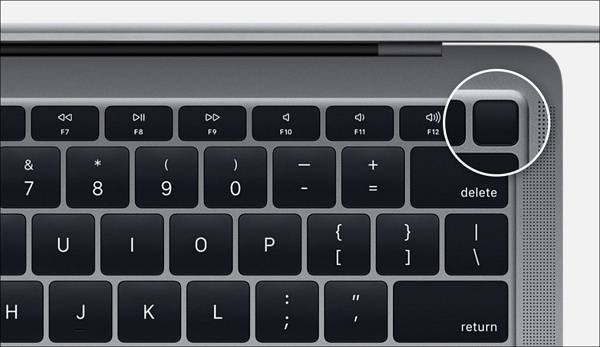
To restart your Mac, hold down the power button until it turns off, then press it again to turn it back on.
Also read: How To Charge Your Macbook Without A Charger
Step 2: Check for hardware issues
If the blue screen persists after restarting the Mac, it could indicate a hardware issue. Begin by checking for any loose or disconnected cables, especially those connected to external devices such as hard drives or monitors. If you’ve recently added new hardware or made any modifications, try removing or disconnecting the new components to see if that resolves the issue.
Additionally, you can use Apple Diagnostics or Apple Service Diagnostic tools to check for hardware problems. These tools can help identify issues with components like RAM, hard drives, and logic boards.
Step 3: Boot in Safe Mode
Safe Mode is a diagnostic mode in macOS that loads only the essential kernel extensions and drivers, reducing the risk of software conflicts. Booting your Mac in Safe Mode can help you determine whether the blue screen is caused by a software issue or a hardware problem.
To boot your Mac in Safe Mode, follow these steps:
Step 1: Shut down your Mac.
Step 2: Press the power button to turn it on, then immediately press and hold the Shift key. Release the Shift key when you see the Apple logo.
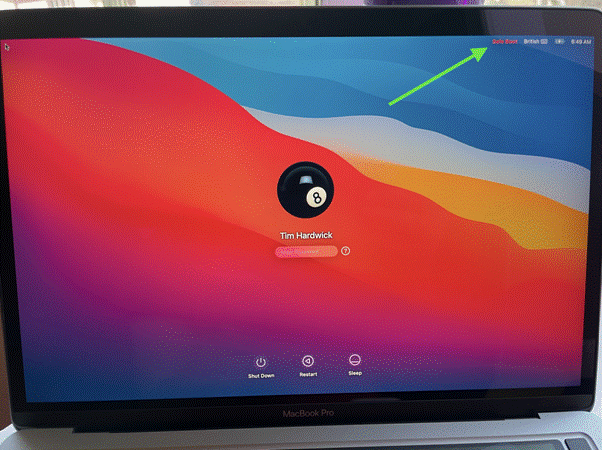
Step 3: Your Mac will boot into Safe Mode, which may take longer than usual.
If your Mac successfully boots in Safe Mode without encountering a blue screen, it’s likely that a software issue is causing the problem. In this case, you can proceed to the next step to resolve the software conflict.
Also read: How To Enable Airplane Mode On Mac
Step 4: Resolve software conflicts
If booting in Safe Mode resolves the blue screen issue, it’s a strong indication that a software conflict is the culprit. Here are some steps you can take to resolve software conflicts:
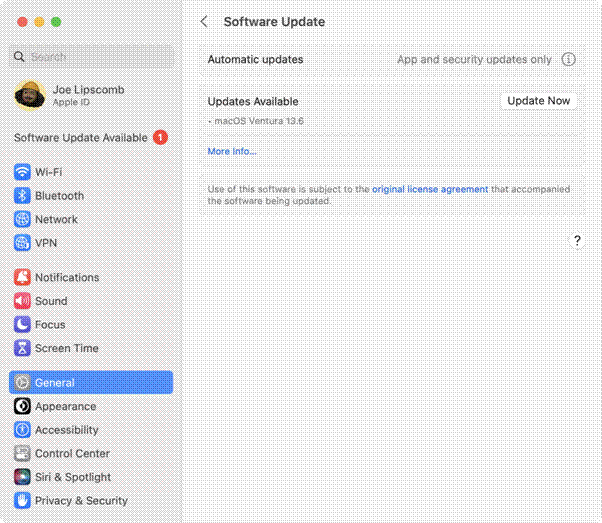
- Update macOS and software: Outdated software can sometimes cause conflicts and lead to blue screens. Hence, ensure that your macOS and all the installed software are up to date.
- Remove recently installed software: If the blue screen starts occurring after installing a new app or program, try uninstalling it to see if that resolves the issue.
- Disable login items and kernel extensions: Sometimes, Login items and kernel extensions can conflict with the macOS kernel and cause blue screens. You can disable these items and extensions using the Terminal or a third-party utility like Kernel Extension Manager.
- Reset the NVRAM/PRAM: Resetting the NVRAM (Non-Volatile Random-Access Memory) or PRAM (Parameter RAM) can occasionally resolve software conflicts and blue screen issues.
Also read: Kernel_task: What It Is, Why It Causes High CPU Usage & How to Fix It On Mac
Step 5: Consider hardware repairs or replacements
If you’ve exhausted all software troubleshooting steps and the blue screen persists, a hardware issue is likely causing the problem. In this case, you may need to take your Mac to an Apple Authorized Service Provider or an Apple Store for professional diagnosis and potential hardware repairs or replacements.
Hardware components like RAM, hard drives, and logic boards can fail over time, and if they’re causing the blue screen, they may need to be repaired or replaced to resolve the issue.
Tips for Preventing Future Blue Screens on Your Mac
While blue screen issues on Macs are relatively rare, there are several preventive measures you can take to minimize the risk of encountering them in the future:
- Keep your Mac updated: Ensure that your macOS and all the installed software are always up to date. Apple regularly releases updates that address security vulnerabilities and software bugs that could potentially cause blue screen error
- Avoid overheating: Overheating can lead to hardware malfunctions and blue screens. Keep your Mac in a well-ventilated area and avoid blocking the air vents. You can also use cooling pads or external fans to help dissipate heat.
- Properly maintain your Mac: Regular maintenance, such as cleaning the interior and exterior of your Mac, can help prevent dust buildup and other issues that can lead to overheating and hardware failures.
- Use reliable software: Ensure you download software from reputable sources only and avoid installing questionable or pirated software, which can further lead to conflicts and instabilities that may cause blue screen errors .
- Regularly back up your data: Although not directly related to preventing blue screens, maintaining regular backups of your data can help you in recovering important files and documents if you encounter a critical issue that requires a clean reinstallation of macOS.
Conclusion
While the “Macintosh blue screen of death” or “MacBook blue screen” can be a frustrating and concerning issue, it’s not necessarily a permanent or unfixable problem. By following the troubleshooting steps outlined in this guide, you can often resolve the blue screen and get your Mac back in working order.
If you’ve exhausted all troubleshooting options and the blue screen persists, don’t hesitate to seek professional assistance from an Apple Authorized Service Provider. They have the expertise and tools to diagnose and resolve even the most complex hardware issues causing the blue screen.
With patience and persistence, you can overcome the “Mac blue screen of death” or “blue screen on Mac” error and continue enjoying a smooth and reliable computing experience.

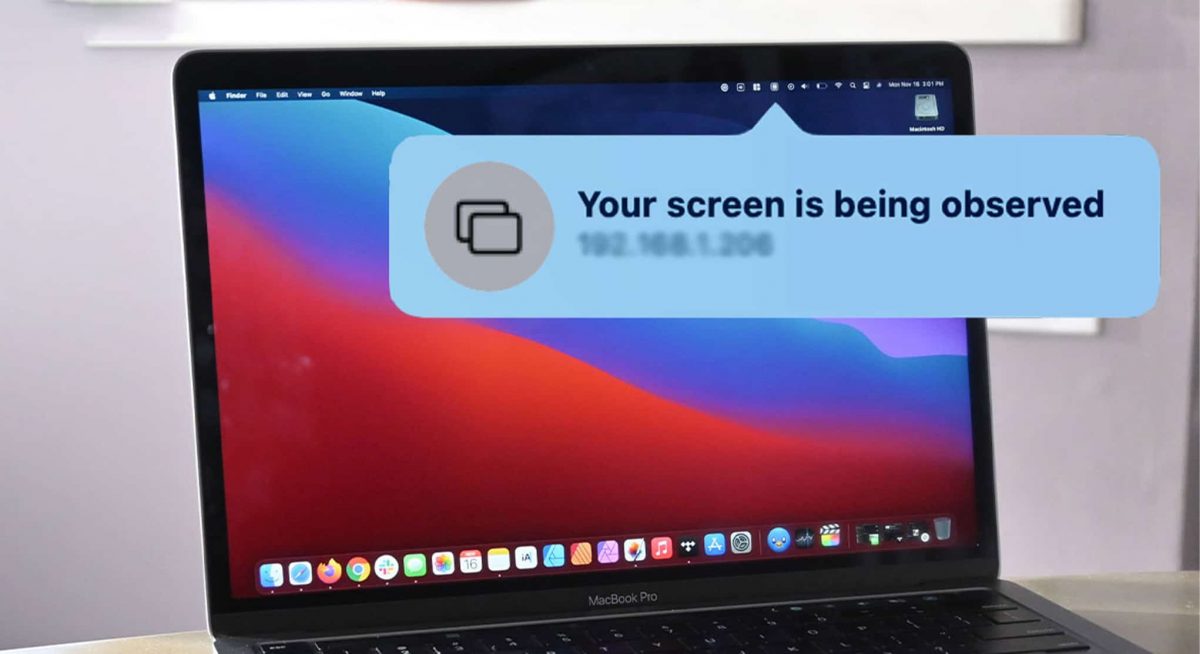 How To Fix The “Your Screen Is Being Observed” Issue To Ensure a Smoother Experience
How To Fix The “Your Screen Is Being Observed” Issue To Ensure a Smoother Experience A Comprehensive Guide to Cropping Screenshot on Mac: Top 4 Methods
A Comprehensive Guide to Cropping Screenshot on Mac: Top 4 Methods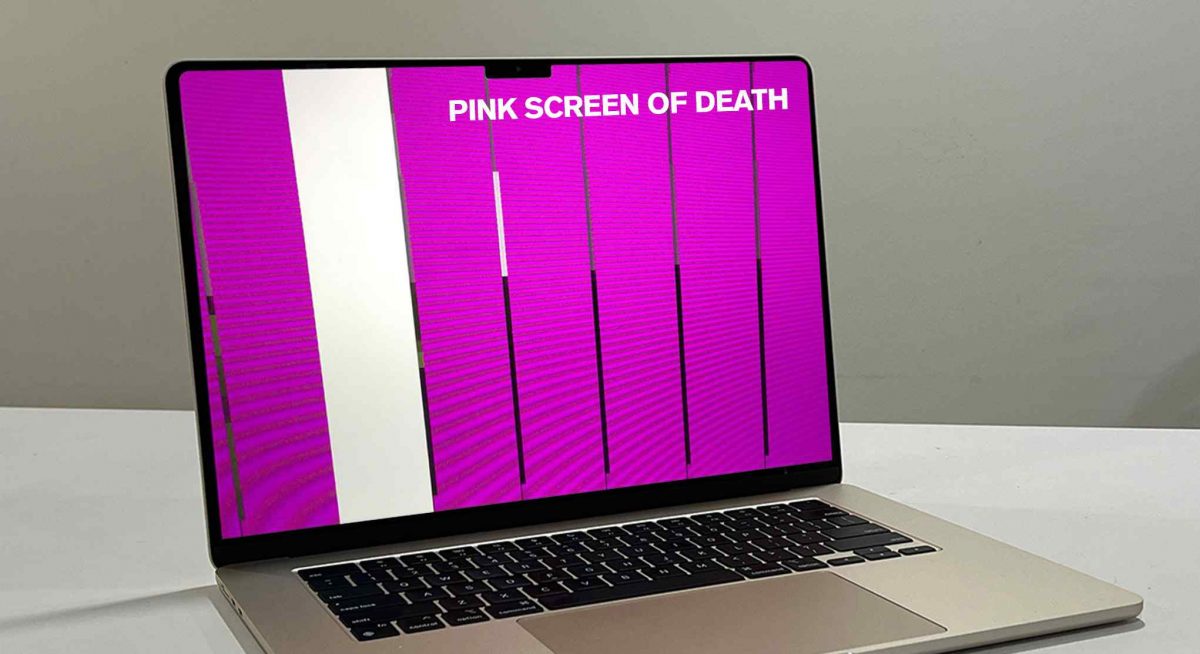 How to Fix MacBook Pink Screen of Death (7 Solutions)
How to Fix MacBook Pink Screen of Death (7 Solutions)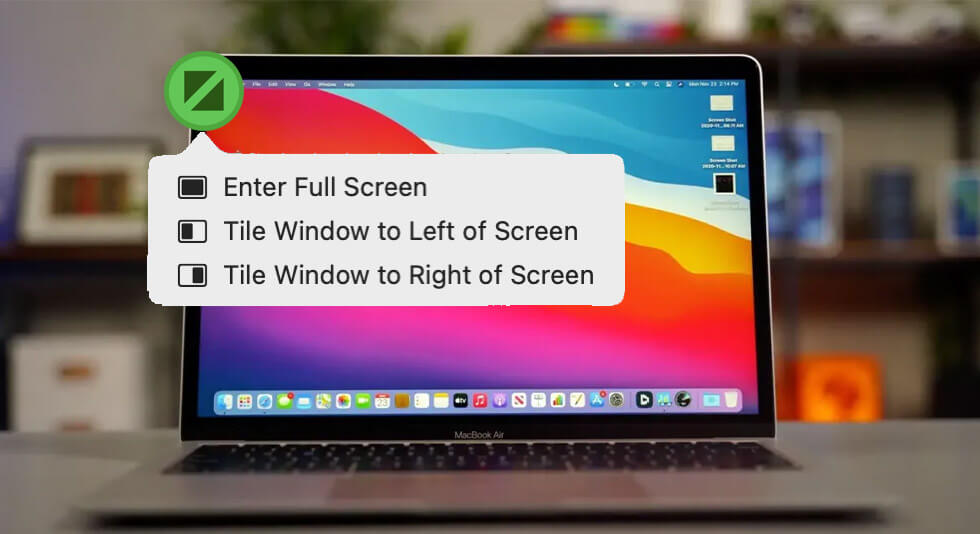 How to Enter and Exit Full Screen on Mac
How to Enter and Exit Full Screen on Mac